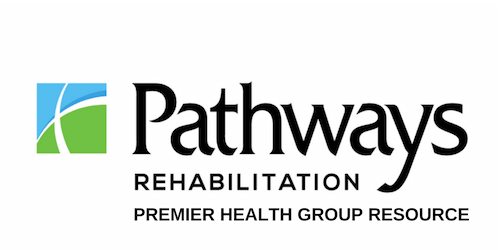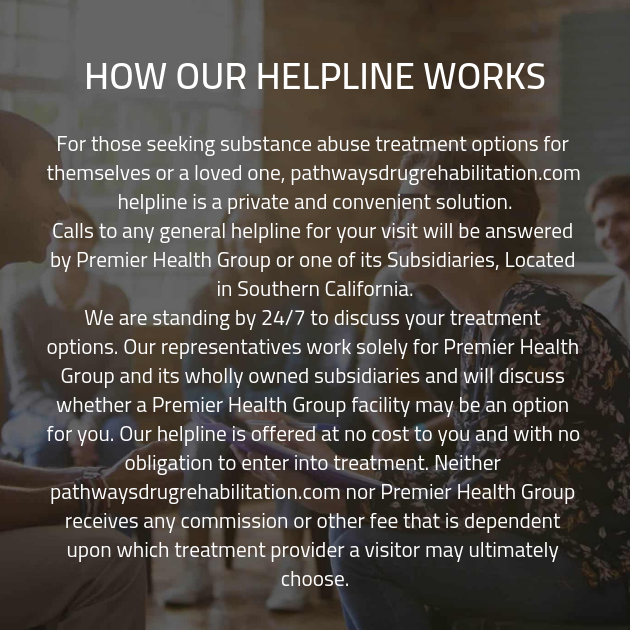This Carroll County drug user got sober, as overdoses declined in 2019. But officials aren’t celebrating yet.


Tanner’s story of addiction began like many others. He was 13 years old when he started smoking pot, then began dabbling in weaker opioid pills and hallucinogens by age 15. And as with many people who develop a severe addiction, this wasn’t just youthful experimentation to grow out of, but an accelerating process of developing a deeper and more dysfunctional relationship with an ever-narrowing range of powerful drugs.
By his early 20s, Tanner had moved on to trying cocaine, stronger opioids and, eventually, heroin. He asked the Times to use only his first name given the sensitive nature of his story.
“It goes quick once you start using heroin,” Tanner said. “From 21 on, I was just pretty much a heroin addict.”
Today, Tanner is 27 years old and is living in a sober home in Westminster. He hasn’t gotten high since Nov. 5.
“Sober living is good. They keep me accountable. We go to meetings every night,” Tanner said. “It’s just a good environment to be in.”
Here again, Tanner’s story parallels that of many other people in recovery, where a long series of attempts to get sober and consequences led to his finally making a break for it.
“I’ve been to rehab probably six times, numerous outpatient treatments,” he said. “Just this last October I got arrested twice in five days [on drug possession charges], so that was kind of like the catalyst for me taking this seriously.”
But Tanner’s story also diverges from many other former heroin users who quit and are now in recovery. While he has seen it happen, Tanner has never himself overdosed.
Overdosing isn’t universal among opioid users, but in recent years, Carroll statistics show that, with some exceptions, overdoses have only grown year after year since 2015, driven in large part by the growing presence of the powerful synthetic opioid fentanyl in the drug supply. Considered 50 times as potent as the heroin it is often mixed with, fentanyl can have wildly different potency, leading users to miscalculate their dose.
But in 2019, the number of people overdosing on drugs and alcohol in Carroll County actually decreased for the first time since 2016, according to statistics kept by the Carroll County Sheriff’s Office. There were 434 drug and alcohol overdoses in Carroll, compared with 513 such overdoses in 2018 — a 15.4% decrease.
Those statistics include fatal and nonfatal overdoses, but fatal overdoses also decreased in 2019 to 55 deaths, a 22.5% decrease from the 71 overdose deaths seen in 2018. Deaths related specifically to heroin decreased from 14 in 2018 to nine in 2019 — a 35.7% decrease.
And even fentanyl-related overdose deaths decreased 31.6%, from 38 in 2018 to 26 in 2019, according to the Sheriff’s Office numbers.
But a decrease in overdoses is not a cessation in overdoses, and while Carroll officials have been cautiously hopeful about the downturn in the numbers, they’ve been left wondering what is responsible, whether it’s fair to claim even a small victory and if the numbers accurately reflect reality at all.
“It’s easy to look at numbers like that and say, ‘OK, we’re seeing a downward trend.’ But it is an absolutely struggle and fight day to day,” Carroll County Sheriff Jim DeWees said. “I am always cautious about raising my arms in victory and say, ‘Look at us,’ because I live in a world where things can go wrong rather quickly.”
The presence of fentanyl can make for unexpected rashes of overdoses, even in the midst of a general decrease, DeWees noted, as the statistics recorded by his own office show. In the month of July, there were 51 overdoses, compared with 34 in July 2018. And in November, there were 43 overdoses, compared with 30 in November 2018.
Those relative increases in certain months worry Carroll County Health Officer Ed Singer — but then, so do the overall statistics. Despite a downward trend, he said, the number of overdoses and deaths are still too high.
According to Sheriff’s Office records, there were 246 overdoses in 2015 — close to half of the 434 in 2019 — and even that past total is higher than what Singer would like.
There’s nothing nefarious going on there, Dayhoff said, it’s simply that in his experience with the fire and emergency medical services, many of the calls come in as something other than an overdose, and so escape being recorded as such.
“We will get a call for decreased level of consciousness, we will get a call for a headache, and we show up, and it’s not a decreased level of consciousness, it’s not a headache. It’s an overdose,” he said.
The complications in how a medical call might be coded for record keeping are multiplied by the fact that there’s no true one-stop shop for collecting overdose statistics. The Sheriff’s Office statistics account for overdoses known to law enforcement agencies, but might not account for all EMS overdose calls, even those overtly coded as overdoses.
Accurate counts of fatal overdoses using medical examiner results are published in reports by the Maryland Department of Health and the Maryland Opioid Operational Command Center, but these reports only focus on fatal overdoses and could lag the more-up-to-date Sheriff’s Office numbers by months — the most recent such report was issued on Dec. 30 and looked at overdoses from Jan. 1 through Sept. 30.
Other statistics also back up the conclusion that even if the true number of overdoses is higher than is being captured by those taking count, the downward trend might be real. Carroll Hospital, for instance, admitted 755 cases of non-fatal opioid overdoses to the emergency department in 2019, compared with 851 such admissions in 2018, according to statistics provided to the Carroll County Health Department.
If something is working to reduce the number of overdoses, even if just modestly, then everyone involved in combating opioid addiction would like to try and figure out what that is, and do more of it, according to DeWees. The problem is, “It’s hard to put your finger on one thing. There are a lot of things we are doing in a lot of different areas that I think are contributing to the downward trend.”
Carroll County State’s Attorney Brian DeLeonardo launched a number of initiatives in the early days of the opioid epidemic, including taking an education and prevention program to Carroll County Public Schools and introducing an early intervention program that gave low-level offenders a chance to divert into drug treatment programs over doing jail time.
In 2017, DeLeonardo’s office launched the Major Overdose Initiative, which identified people who have overdosed multiple times and might therefore be at high risk of death, and reached out to offer access to treatment. In 2019, just 55 people experienced 117 overdoses, and through the initiative, his office got 22 of those people into drug treatment.
“You can’t track whether a seventh-grader or an eighth-grader goes on to develop addiction in their 20s,” Singer added.
But you can get feedback from people who did develop addiction in their 20s — especially when they found a way to stay alive and come out of it.
One of the consistent messages surrounding opioids that officials have tried to communicate in the past few years has been about the lethal unpredictability of fentanyl, combined with the importance of taking harm reduction measures to stay safe if still using — such as getting trained in the use of the opioid antidote drug naloxone, also known as Narcan. Billboards in Carroll have carried the message of the Maryland Good Samaritan Law, which protects from arrest and prosecution for drug possession those who call 911 for someone who has overdosed.
People like Tanner have heard that message. There are some who believe a person addicted to heroin doesn’t care if they live or die, he said, but it’s not true.
With the caveat in mind that it’s hard to pin any one cause to the modest reduction in overdose numbers, Tyler said that in her experience as an EMS captain, there has been an increase in the number of friends and family of users who have been on hand to administer naloxone in the case of an overdose — and it does help.
“It gives us a little bit more time to get to a patient and get them additional care that only we can give them,” she said.
Jon Kelvey joined the Carroll County Times in 2014 after two years with sister publication, The Advocate of Carroll County. Prior to working with the Times, Jon spent 10 years in the California wine industry. He is a graduate of UC Berkeley with a degree in Cognitive Science. Reach him at 410-857-3357.
 Pathways Drug Rehabilitation Luxury Addiction Treatment & Detox Center
Pathways Drug Rehabilitation Luxury Addiction Treatment & Detox Center


